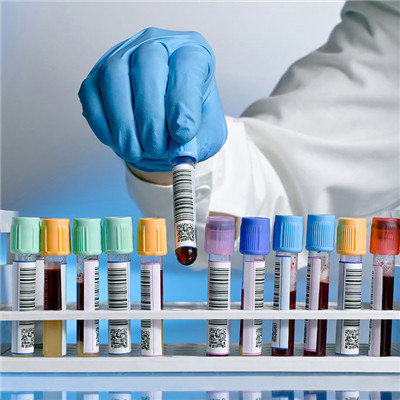Dissecting aneurysm symptoms?
summary
When it comes to aneurysms, many people may think that they are a kind of tumor, but aneurysms are not tumors, they are only limited expansion of arteries. However, it should not be taken lightly because it is not a tumor. Aneurysm is also a fatal disease. According to the location of aneurysm, it can be divided into peripheral aneurysm, abdominal aneurysm, thoracoabdominal aneurysm, aortic dissection aneurysm, visceral aneurysm, etc. Aortic dissection aneurysm is a kind of more serious aneurysm, dissecting aneurysm symptoms? Let's talk about it
Dissecting aneurysm symptoms?
Pain is a prominent and characteristic symptom of the disease. Some patients have sudden, acute, severe and persistent pain, which is not as severe as the pain of myocardial infarction. Sometimes, the site of avulsion can be indicated by the pain site; If there is only anterior chest pain, more than 90% of the pain is in the ascending aorta, and the pain is in the neck, throat, jaw or face, which also strongly indicates ascending aortic dissection. If the pain is most painful between the scapulae, more than 90% of the pain is in the descending aorta, and the pain in the back, abdomen or lower limbs also strongly indicates descending aortic dissection. A small number of patients only complained of chest pain, which may be chest pain caused by cardiac tamponade due to the external break of ascending aortic dissection. Sometimes, the diagnosis of aortic dissection is easy to be ignored, which should be paid attention to.

About half or 1 / 3 of the patients have symptoms such as pallor, sweating, cold and wet skin, shortness of breath, pulse speed, weak pulse or disappearance, and the degree of blood pressure drop is often not parallel to the above symptoms. Some patients may have high blood pressure due to severe pain. Severe shock occurs only when the dissecting tumor breaks into the pleural cavity and massive hemorrhage occurs. Hypotension is mostly caused by cardiac tamponade or acute severe aortic insufficiency. The blood pressure and pulse of both limbs are obviously asymmetric, which often highly indicates the disease.

Because the expansion of dissecting hematoma can compress the adjacent tissues or affect the large branches of aorta, different symptoms and signs will appear, resulting in complex clinical manifestations, which should be paid great attention to.

matters needing attention
Once suspected or diagnosed as the disease, it should be hospitalized for monitoring treatment. The aim of the treatment is to reduce myocardial contractility, left ventricular systolic velocity and peripheral arterial pressure. The target of treatment is to control systolic blood pressure at 13.3-16.0 kPa (100-120 mmHg) and heart rate at 60-75 beats / min. This can effectively stabilize or terminate the separation of aortic dissection, relieve symptoms and relieve pain. The treatment is divided into two stages: emergency treatment and consolidation treatment.













